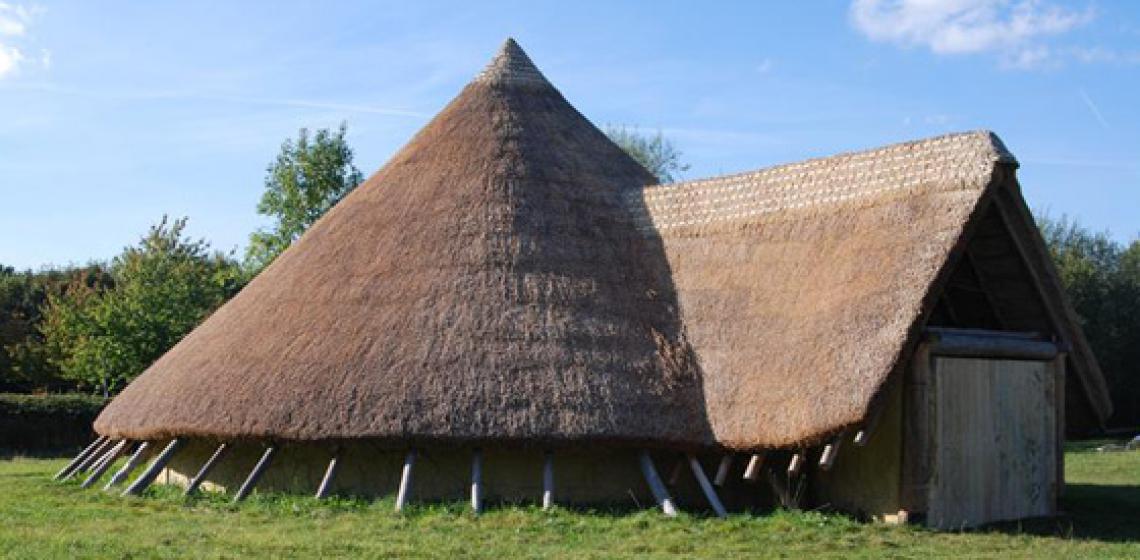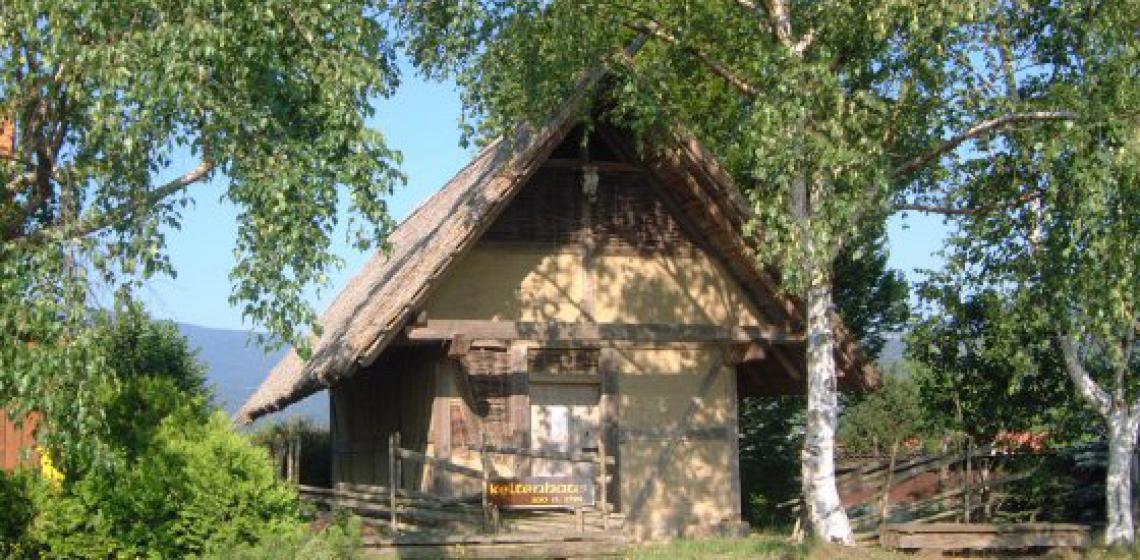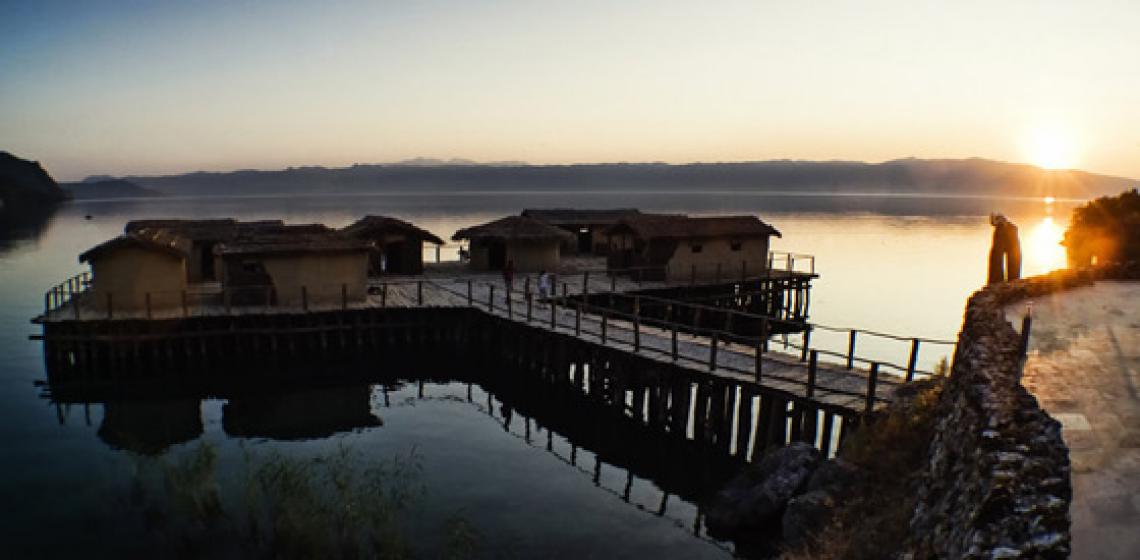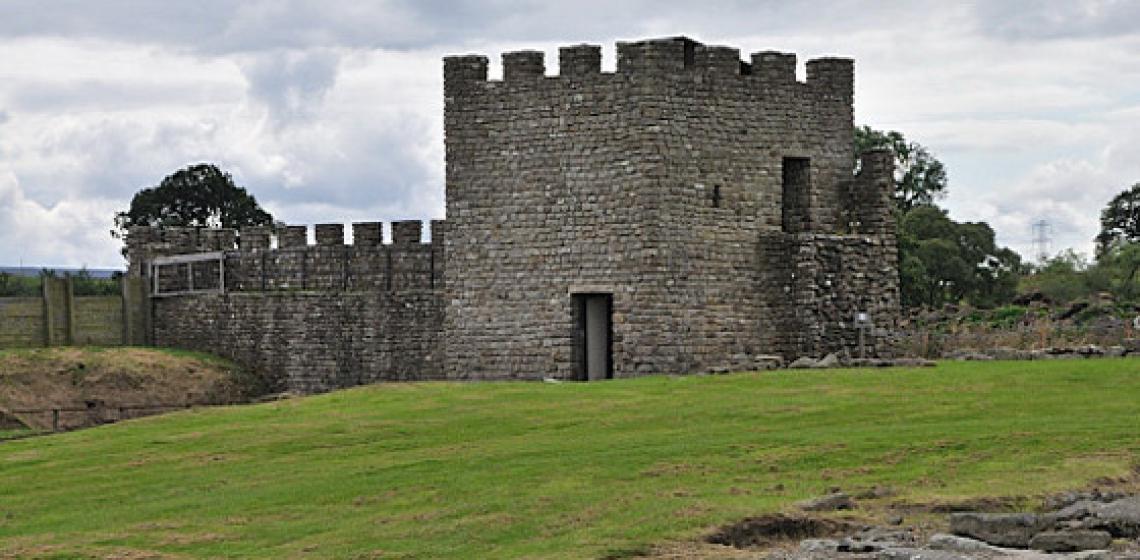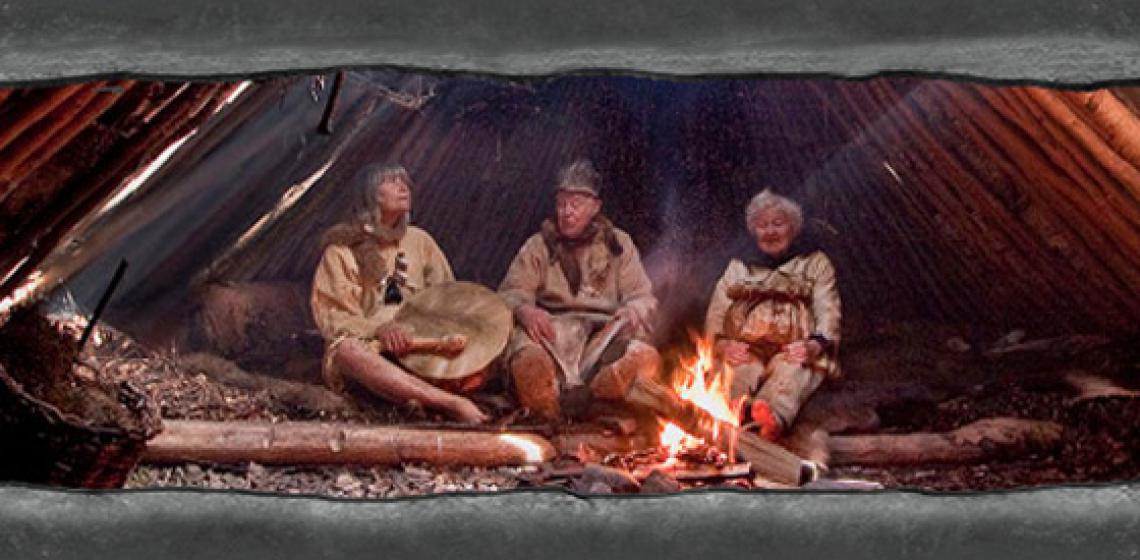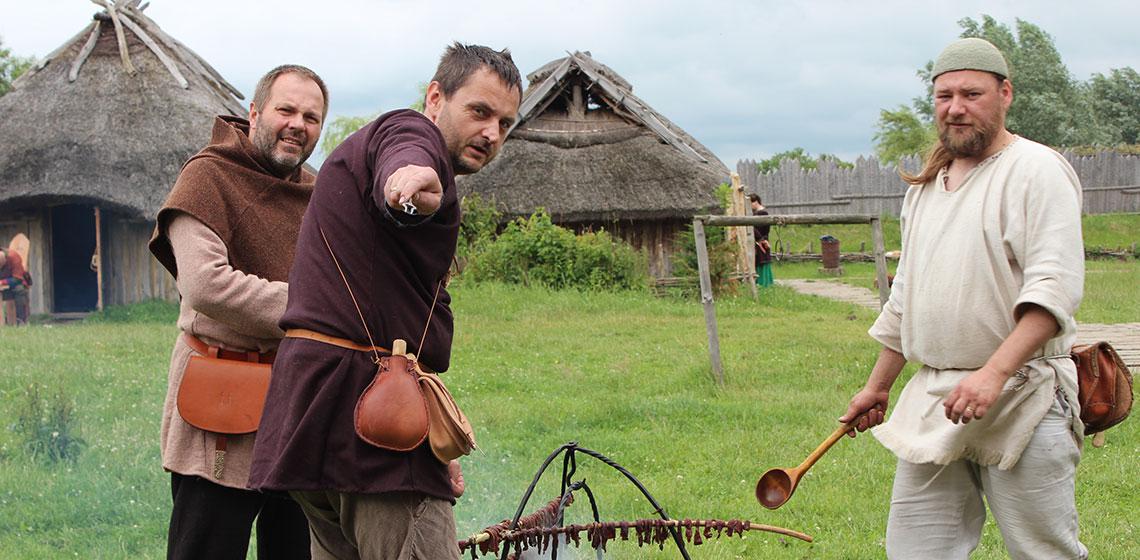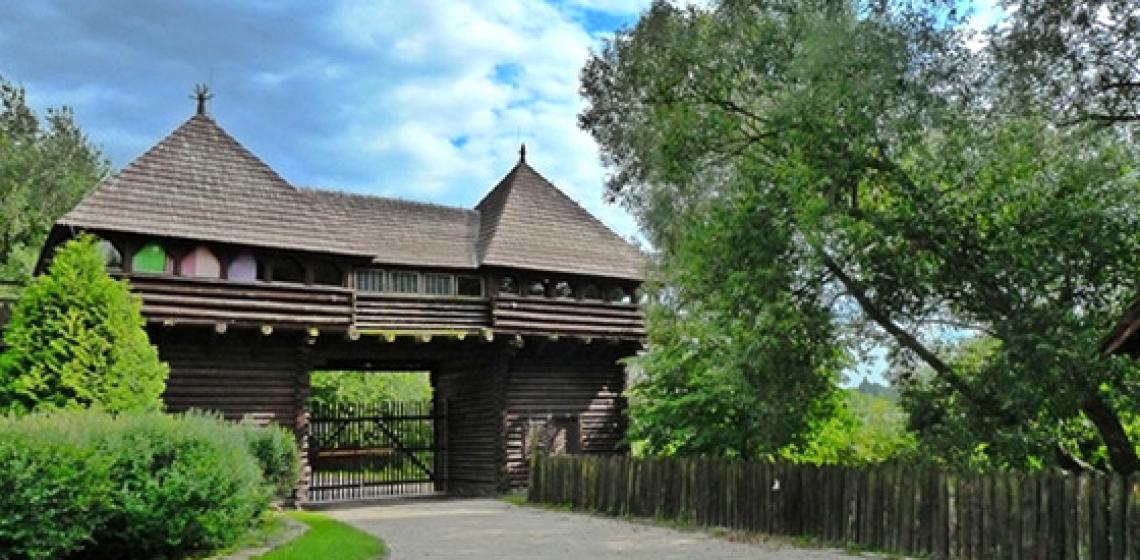Hadleigh Country Park (UK)
Hadleigh Castle Country Park is owned and managed by Essex County Council, a local authority. Background papers from NCC files that support the SSSI citation for the park specifically mention its use as an educational resource as it is a large, continuous, relatively undisturbed area of varying scientific character with mature habitats where it is still possible to find many of the county’s native plants and animals.
Hadleigh Castle Country Park is owned and managed by Essex County Council, a local authority. Background papers from NCC files that support the SSSI citation for the park specifically mention its use as an educational resource as it is a large, continuous, relatively undisturbed area of varying scientific character with mature habitats where...

